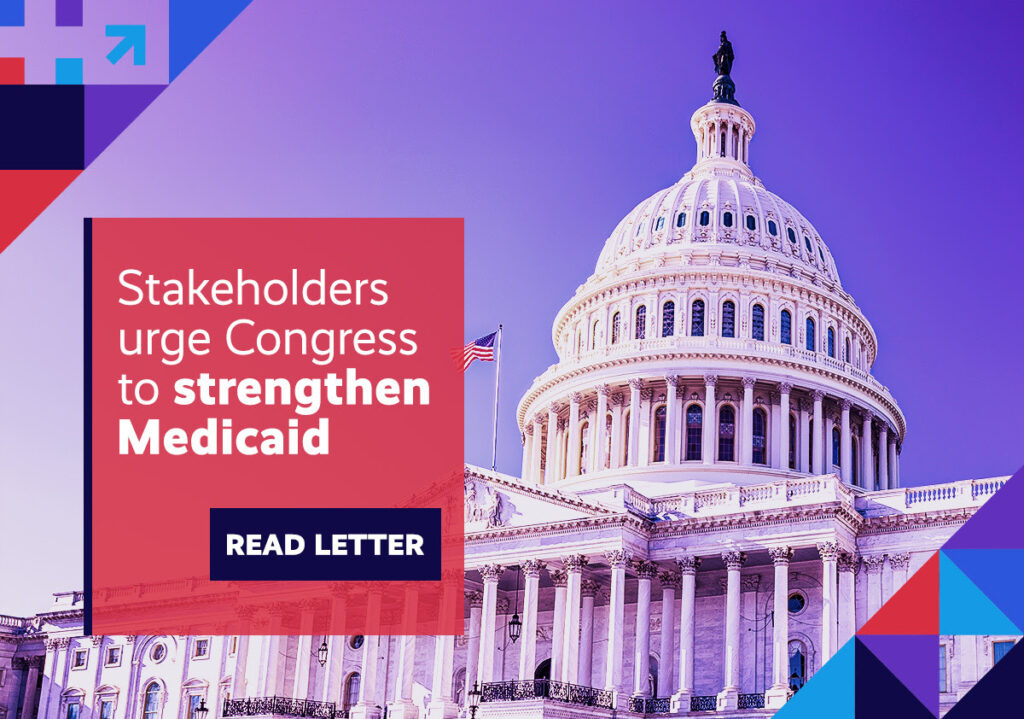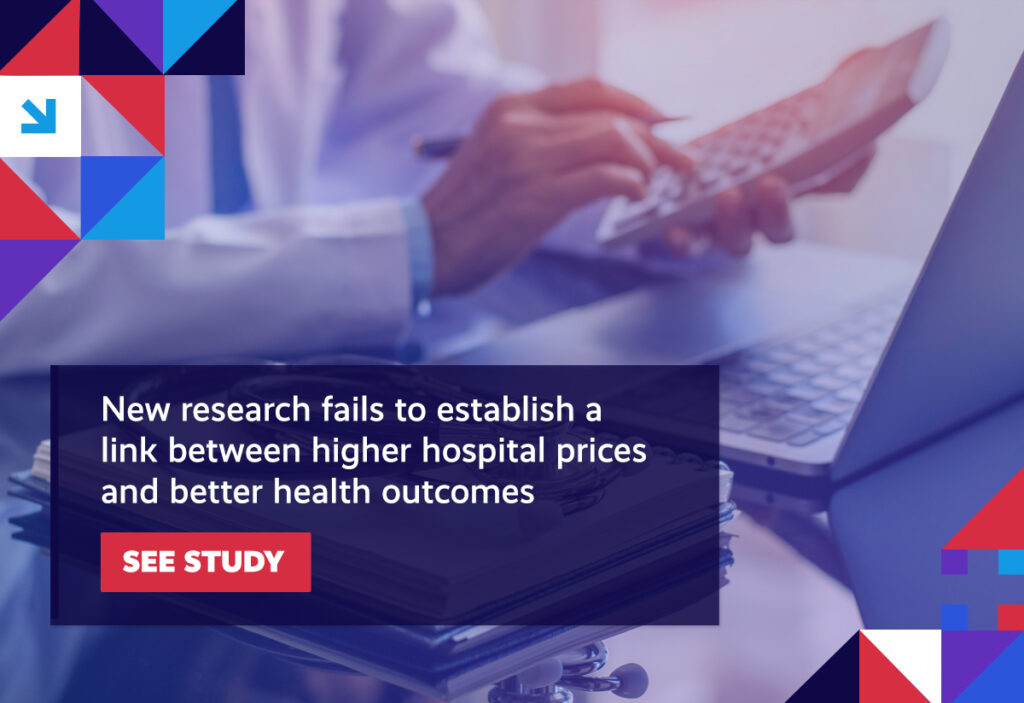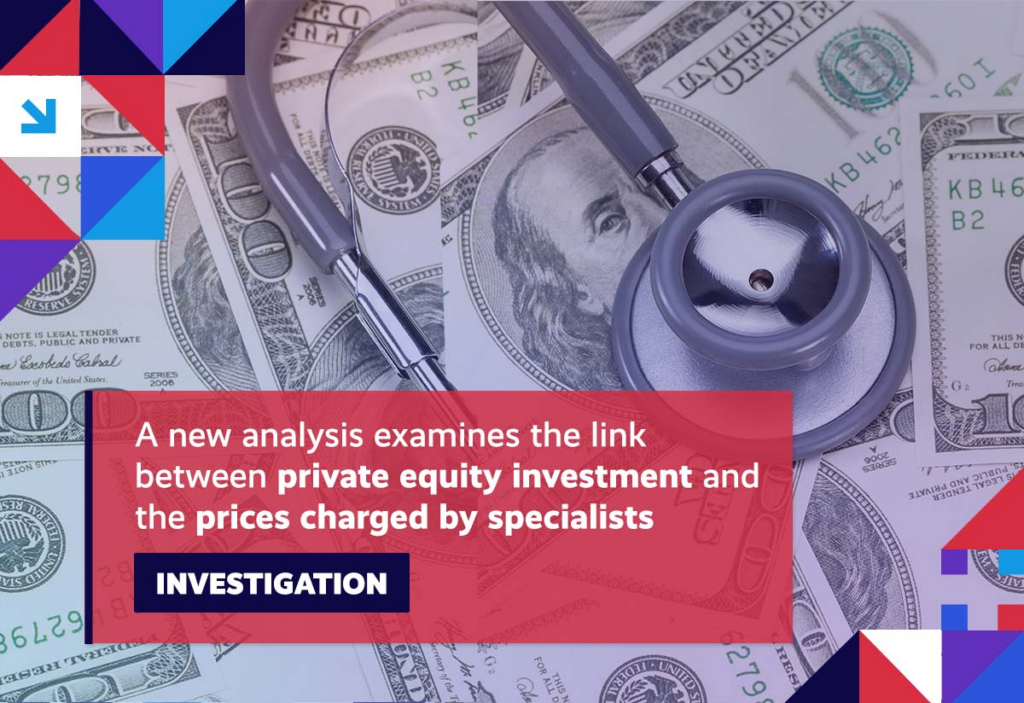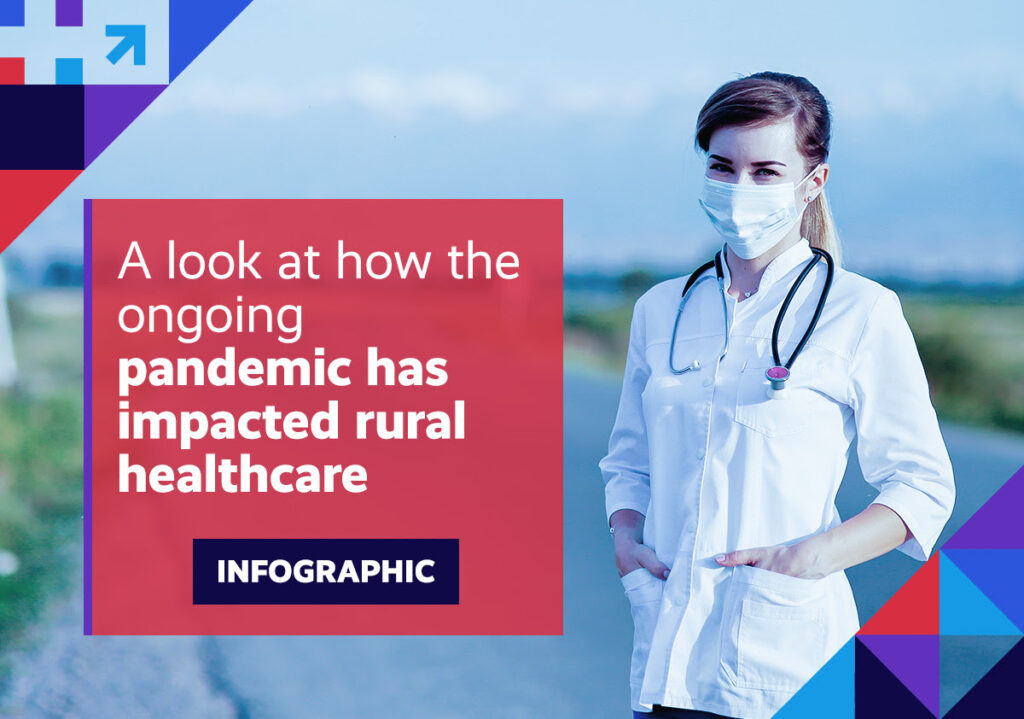New research dispels the myth that higher hospital prices automatically translate into better health outcomes; private-equity interests exert growing influence over our healthcare delivery model; spending on drugs continues its upward trajectory; and, a look at the impact of health-related social needs on overall health.
We encourage you to stay involved as implementation efforts surrounding healthcare reform progress. Visit the Health Action Network and be sure to let us know what’s on your mind.
Item of the Week

Week in Review
Hospital Prices: A new study takes aim at the assumption that higher hospital prices are somehow linked to better quality. According to the findings released by the National Bureau of Economic Research, the prices charged by health systems are really more of an indication of the level of concentration in a given market. Put another way, receiving care from higher-priced hospitals does not necessarily result in improved outcomes, especially in markets with little competition. This has become increasingly relevant as the pace of mergers continues to reshape the hospital industry, a trend that has been blamed for driving up the cost of care for privately-insured patients. Researchers concluded that high prices in concentrated markets likely reflect patients’ lack of choice rather than hospital quality.

Private Equity: A growing sense of alarm surrounds the influence that private equity interests are increasingly exerting over our evolving healthcare delivery model. In the wake of the coronavirus public health crisis, health systems were left facing severe staffing shortages, particularly in the nursing field. This, in turn, led to the rise of travel nursing programs to help plug the critical gaps in our system. Given the rise in importance of these staffing firms – not to mention how lucrative the practice has become – it’s no surprise that they quickly drew the attention of private equity interests, who’ve since expanded their reach beyond hospitals and into these programs. In fact, over the course of the first eight months of 2021, it’s estimated that there were no fewer than 30 mergers and acquisitions of healthcare staffing companies. And, since the beginning of last year, at least eight private equity firms have bought more than half a dozen staffing agencies. Adding to this worrisome narrative, a new study was just released showing that anesthesiology practices get paid more when backed by private equity, raising concerns that such price inflation could lead to higher premiums and increased patient cost-sharing.

Rx Prices: Alongside increased hospital consolidation and the growing reach of private equity interests (both highlighted above), rising drug prices continue to draw attention in the ongoing conversation surrounding drivers of healthcare costs. And, it’s no wonder as prescription drug spending has soared over the past decade, at least according to data from the U.S. Bureau of Economic Analysis. Between 2010 and 2020, spending on over-the-counter medications in this country ballooned 77 percent, going from $322 billion to $570 billion. By 2019, the average household was spending $4,571 on their prescriptions. A separate study focuses on the impact of rising drug prices on Medicare beneficiaries, showing that, in 2020, the prices for half of all drugs covered by the program increased faster than inflation. Against this backdrop, lawmakers have pressed the pharmaceutical industry to explain their reasoning behind these increases.
Health-Related Social Needs: While the issues covered so far in this newsletter have all wrought some form of price pressure on our healthcare system, one area of growing focus has worked to reshape the contours of our delivery model in a more positive way. Also known as social determinants of health, our appreciation of the impact that health-related social needs have on whole-person health has brought about significant change in how we approach benefit design. Studies have shown that as much as 55 percent of health outcomes are influenced by non-medical factors, including the conditions in which people live, work, learn, and play. As we look to better integrate health-related social needs into our healthcare delivery model, experts point to four areas of focus that would lead to better outcomes:
- Empowering patients through improved health literacy;
- Addressing individual needs through appropriate screenings and referrals;
- Using digital innovations to modernize delivery of services; and,
- Leveraging cross-sector partnerships.
Spotlight

| You can keep up with the latest by following the Health Action Network on Twitter and by liking us on Facebook. And, be sure to check us out on LinkedIn, too. As always, let us know if there’s something you’d like to see covered in a future newsletter. |
